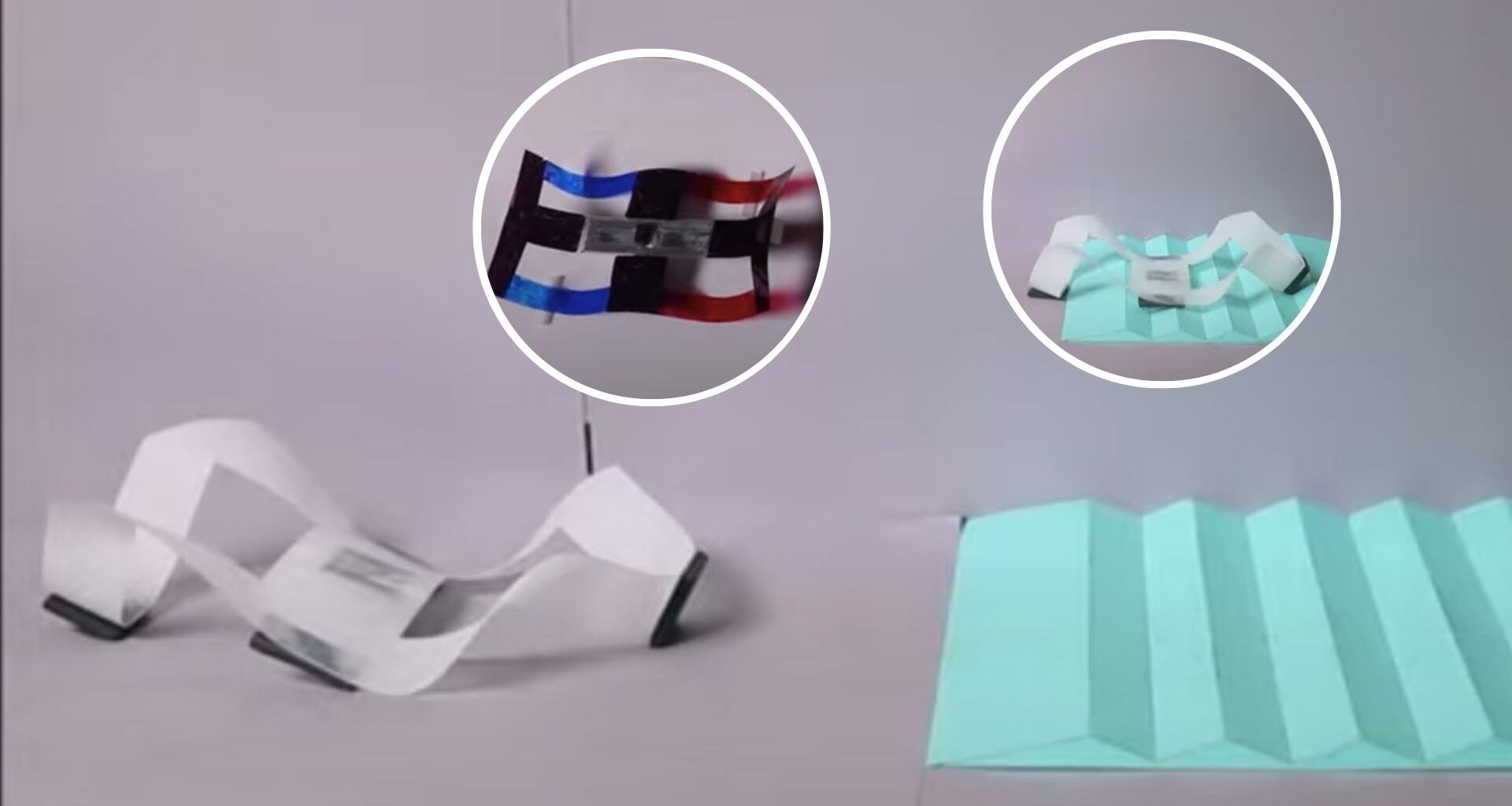A new type of robots developed from thin sheets of material can execute a wide variety of actions despite the fact that they have no motor. Made of a single flat material, the new class of robots can snap into hundreds of stable shapes.
Developed by a team led by researchers from North Carolina State University, these “metabots” essentially resemble animated sheets of plastic, capable of moving around a surface or grasping objects.
“We start out with simple polymer sheets that have holes into them, but by applying thin films to the surface of the polymer we’re able to incorporate materials that respond to electricity or magnetic fields,” said Jie Yin, corresponding author of a paper on the work and a professor of mechanical and aerospace engineering at North Carolina State University.
“These films serve as actuators, allowing us to change the shape of the sheet remotely.”
Robots offer multiple modes of movement
These flat robots have multiple modes of movement, capable of jumping or crawling at multiple speeds.
Caizhi Zhou, first author of the paper and a Ph.D. student at NC State, highlighted that by connecting multiple sheets, we create structures that lie flat initially, but can then bend and fold themselves into a wide variety of stable configurations.
“For example, if we connect four sheets, you have a metabot that can lie as flat as a sheet of paper, but fold into 256 different stable states,” added Zhou.
Robots can change their shape and gait
The research team also revealed that the robots can change their shape and gait to adapt to different terrains or to perform a variety of functions, such as gripping and lifting objects.
“And when we incorporate piezoelectric materials into the thin films, we can cause controlled vibrations in the metabots by varying the voltage and hertz, giving us additional control over their movement. For example, we can have a metabot rotate left or right while staying in one place,” added Zhou.
Published in the journal Science Advances, the researchers’ work harnesses developable surface–based multistable thin-shell metastructures with high reconfigurability for adaptive manipulation and locomotion. These multistable metastructures are constructed by cutting and bonding thin polymer sheets with patterned cutouts, enabling programmable prestored elastic energy.
A single unit achieves up to 20 stable configurations, while a four-unit assembly yields 256 reconfigured states, through simple folding of dynamic virtual creases.
“When integrated with thin sheet–based, multiresponsive soft actuators, these metastructures become highly adaptive metabots, including universal, noninvasive bistable soft grippers; magnetic multigait jumpers; and dual-responsive crawlers powered by magnetic and electroactive actuation,” said researchers in the study.
Researchers also highlighted that these systems exhibit high adaptability and maneuverability, capable of navigating complex terrains and confined environments via on-demand shape transformations, paving the way for energy-efficient, reconfigurable soft robotic platforms.
“This is early-stage, proof of concept work, but it demonstrates that this approach to robotics is both inexpensive and highly adaptable,” said Yin.
“Our goal was to bridge metamaterials and robotics, and we think the results are promising.”
